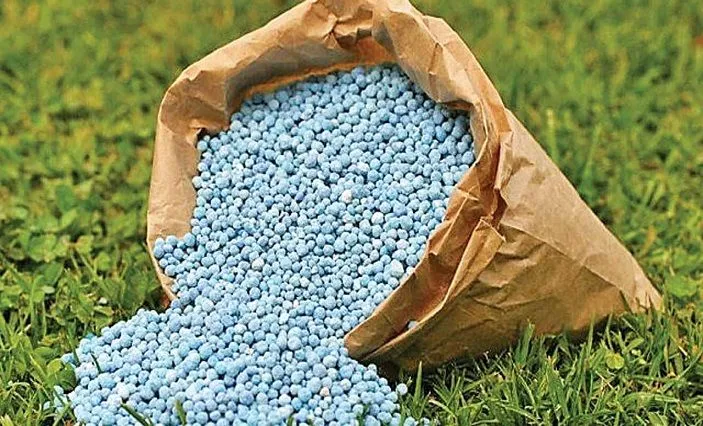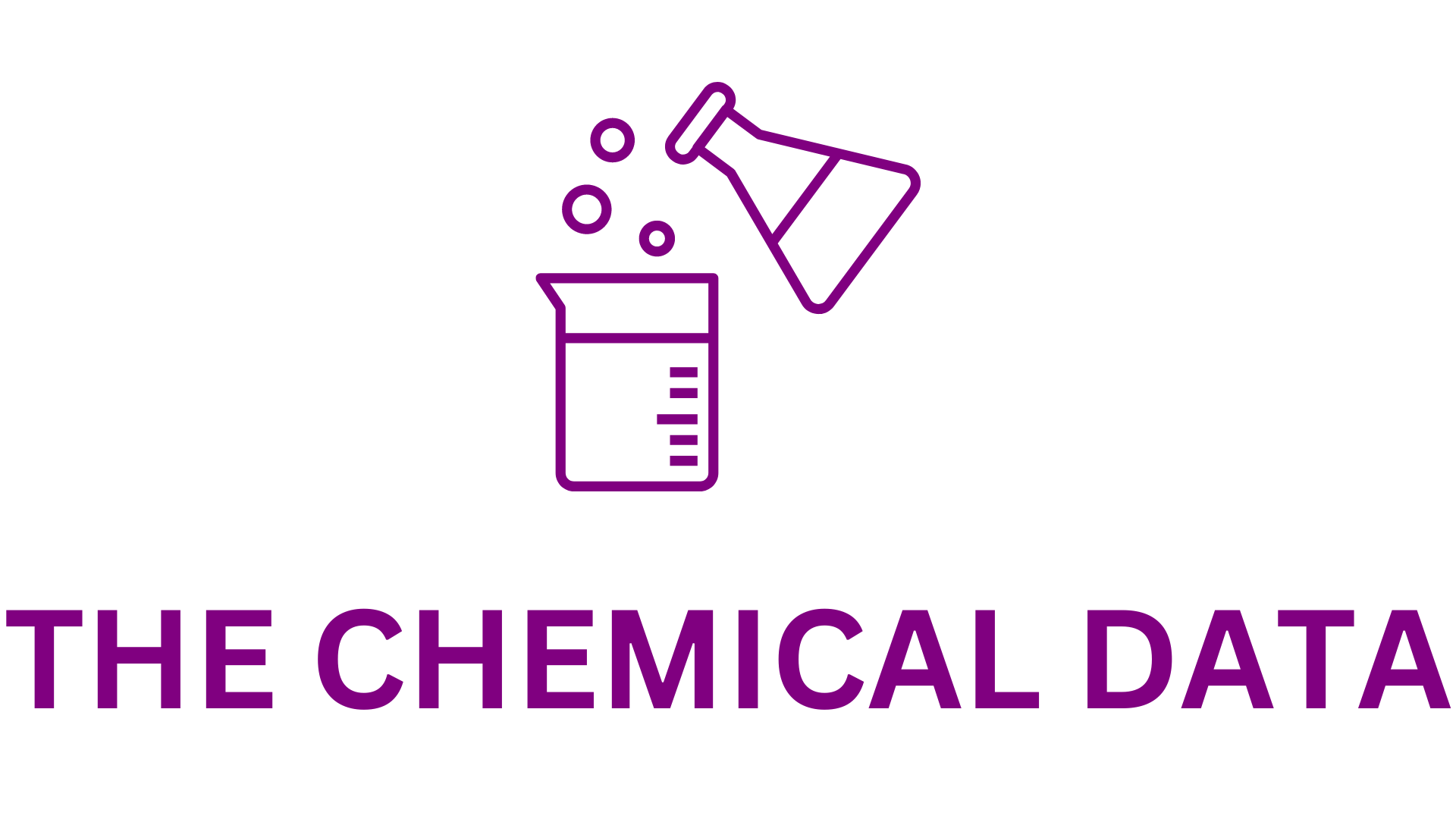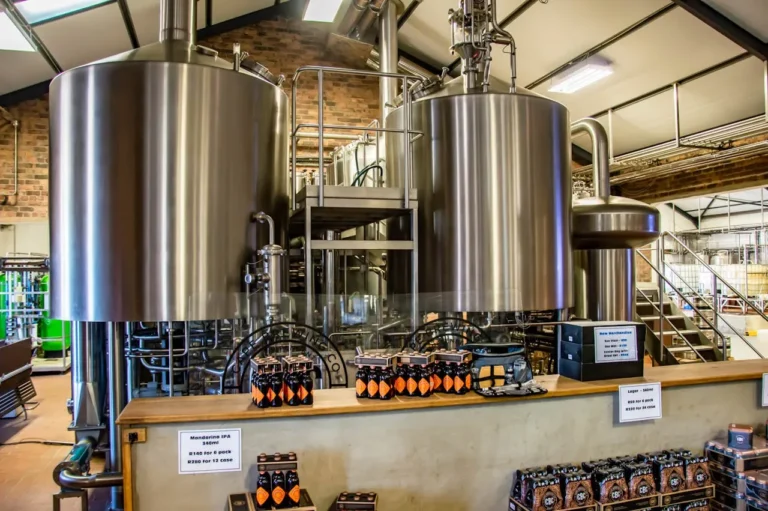
India Fertilizer Market Forecast and Analysis (2025-2033)
Market Overview
The Indian fertilizer market is poised for substantial growth over the next decade, driven by increasing agricultural demand, government subsidies, and a shift toward sustainable farming practices. The market size is projected to expand from US$ 43.54 billion in 2024 to US$ 74.06 billion by 2033, growing at a CAGR of 6.08% during the forecast period.
Fertilizers play an essential role in India’s agricultural productivity, particularly for key crops such as rice, wheat, sugarcane, and vegetables. The Indian government continues to provide substantial subsidies on, ensuring affordability for farmers and promoting food security. However, the excessive use of chemical has raised concerns about soil degradation and environmental sustainability, prompting a shift toward balanced fertilization and bio.
Key Growth Drivers
1. Government Policies and Subsidies
One of the primary factors boosting the Indian market is the government’s strong financial support and subsidies on, particularly urea, diammonium phosphate (DAP), and nitrogen-phosphorus-potassium (NPK) These subs idies make more accessible to farmers, driving higher consumption. Some key initiatives include:
- Soil Health Management Programs – Encouraging soil testing to ensure proper nutrient application and prevent overuse of
- Nutrient-Based Subsidy (NBS) Scheme – Aiming to promote balanced fertilization and encourage the use of non-urea
- PM-Kisan Samman Nidhi Scheme – Providing financial support to farmers, indirectly boosting sales.
- Neem-Coated Urea Policy – Enhancing the efficiency of urea while minimizing nutrient loss.
Such initiatives are not only driving market growth but also improving agricultural productivity and sustainability.
2. Rising Agricultural Demand and Productivity Needs
With India’s population expected to reach 1.5 billion by 2030, the demand for food is increasing rapidly. This has led to a shift toward high-yield crop varieties and intensive farming, where play a critical role in maintaining soil fertility and improving crop output.
Key agricultural regions such as Punjab, Uttar Pradesh, and Maharashtra are leading in consumption due to their high crop production rates. The demand for further fueled by:
- Increasing food consumption due to urbanization and dietary shifts.
- Growing exports of agricultural products.
- Technological advancements in precision farming and smart agriculture.
3. Growing Adoption of Sustainable and Organic
There is a rising focus on sustainability in Indian agriculture, leading to the increasing adoption of organic, and micronutrient-based fertilizers. Excessive use of chemical has led to problems such as:
- Soil degradation and nutrient depletion.
- Water contamination and environmental pollution.
- Decreasing crop productivity over time.
To counter these issues, the government and private sector are promoting:
- Bio-fertilizers – Utilizing natural microorganisms to improve soil fertility.
- Organic farming – Encouraging the use of compost, manure, and plant-based fertilizers.
- Integrated Nutrient Management (INM) – A balanced approach combining organic and inorganic fertilizers.
This transition is expected to reshape the fertilizer industry, making it more environmentally friendly while maintaining high productivity levels.
Challenges Facing the Indian Fertilizer Market
1. Overuse of Chemical and Soil Degradation
One of the biggest challenges in the Indian industry is the excessive reliance on chemical particularly nitrogen-based like urea. This has led to:
- Soil nutrient imbalances – Overuse of nitrogen leads to a decline in other essential nutrients like potassium and phosphorus.
- Reduced soil organic matter – Lowering soil fertility in the long run.
- Water pollution – Excess seep into groundwater, causing contamination.
The government is addressing this issue through campaigns promoting balanced fertilization and organic alternatives. Additionally, precision farming techniques and soil testing kits are being introduced to help farmers use more efficiently.
2. Rising Prices and Supply Chain Challenges
Despite subsidies, prices are increasing due to:
- Higher raw material costs – India imports key components like potash and phosphate.
- Global supply chain disruptions – Affecting availability and prices.
- Logistical inefficiencies – Rural distribution challenges impact timely availability.
These factors particularly affect small and marginal farmers, who rely heavily on affordable. To mitigate these issues, India is investing in domestic production, alternative and efficient distribution networks.
Market Segmentation
1. Urea Market
Urea remains the most widely used fertilizer in India, accounting for a major share of consumption. Its dominance is due to:
- High nitrogen content, essential for crops like rice and wheat.
- Government subsidies, making it the most affordable option for farmers.
- Wide availability and established distribution channels.
Despite its advantages, the overuse of urea is causing nutrient imbalances, prompting the government to promote bio-fertilizers and micronutrient-based fertilizers as alternatives.
2. Cooperative Fertilizer Market
The cooperative sector plays a crucial role in distribution. Major cooperatives like IFFCO (Indian Farmers Fertilizer Cooperative) ensure fertilizers are accessible to farmers at subsidized rates. Their benefits include:
- Extensive rural outreach, even in remote areas.
- Lower costs through bulk purchasing and subsidies.
- Farmer education programs on proper usage.
With a strong emphasis on farmer welfare, cooperatives will continue to be a dominant force in the market.
Competitive Landscape
Several key players are shaping the Indian fertilizer market through product innovation, expansion strategies, and sustainability efforts.
1. Nagarjuna and Chemicals Ltd.
- Specializes in nitrogenous and micronutrients.
- Focus on sustainable solutions and bio-fertilizers.
2. Chambal Fertilisers & Chemicals Ltd.
- One of India’s largest private-sector producers.
- Major manufacturer of urea and customized.
3. Rashtriya Chemicals & Fertilizers Limited
- A government-backed company producing urea, DAP, and NPK fertilizers.
- Focused on sustainable agricultural initiatives.
4. National Fertilizers Ltd.
- A leading manufacturer of industrial and agricultural fertilizers.
- Expanding into organic and bio-fertilizers.
5. Coromandel International Ltd.
- Specializes in specialty nutrients, organic fertilizers, and crop protection.
- Investing in precision farming and smart agriculture solutions.
The Indian market is expected to witness sustained growth, driven by:
- Continued government subsidies and policies supporting affordability.
- Rising agricultural demand due to population growth.
- Growing adoption of sustainable and organic fertilizers.
However, key challenges such as price volatility, excessive chemical use, and distribution inefficiencies must be addressed to ensure long-term market stability.
By adopting a balanced approach to use, integrating technology, and supporting farmer education, India can achieve sustainable agricultural growth while protecting soil health and the environment. This will be critical in ensuring food security and boosting rural economic development in the coming decade.







